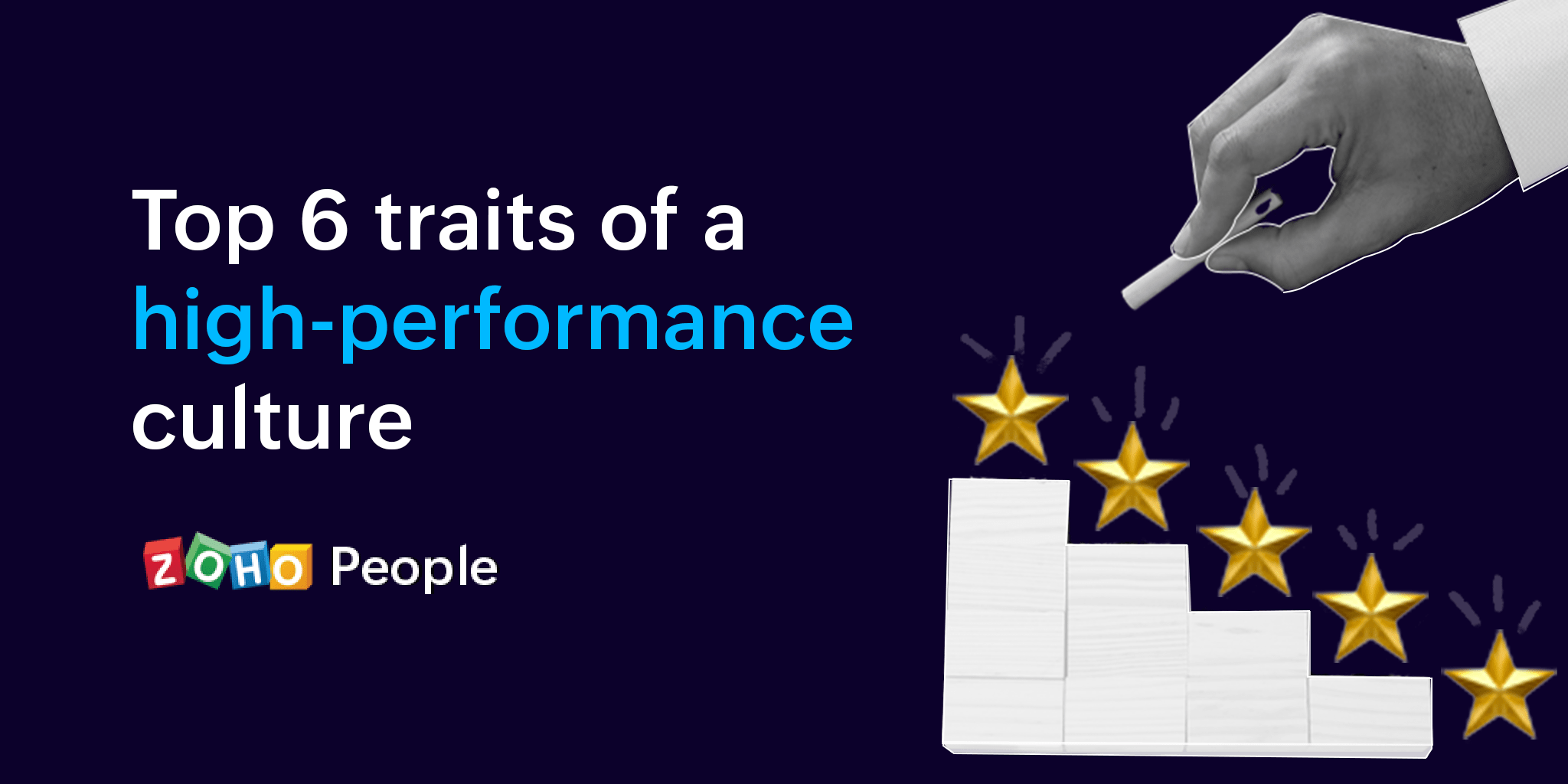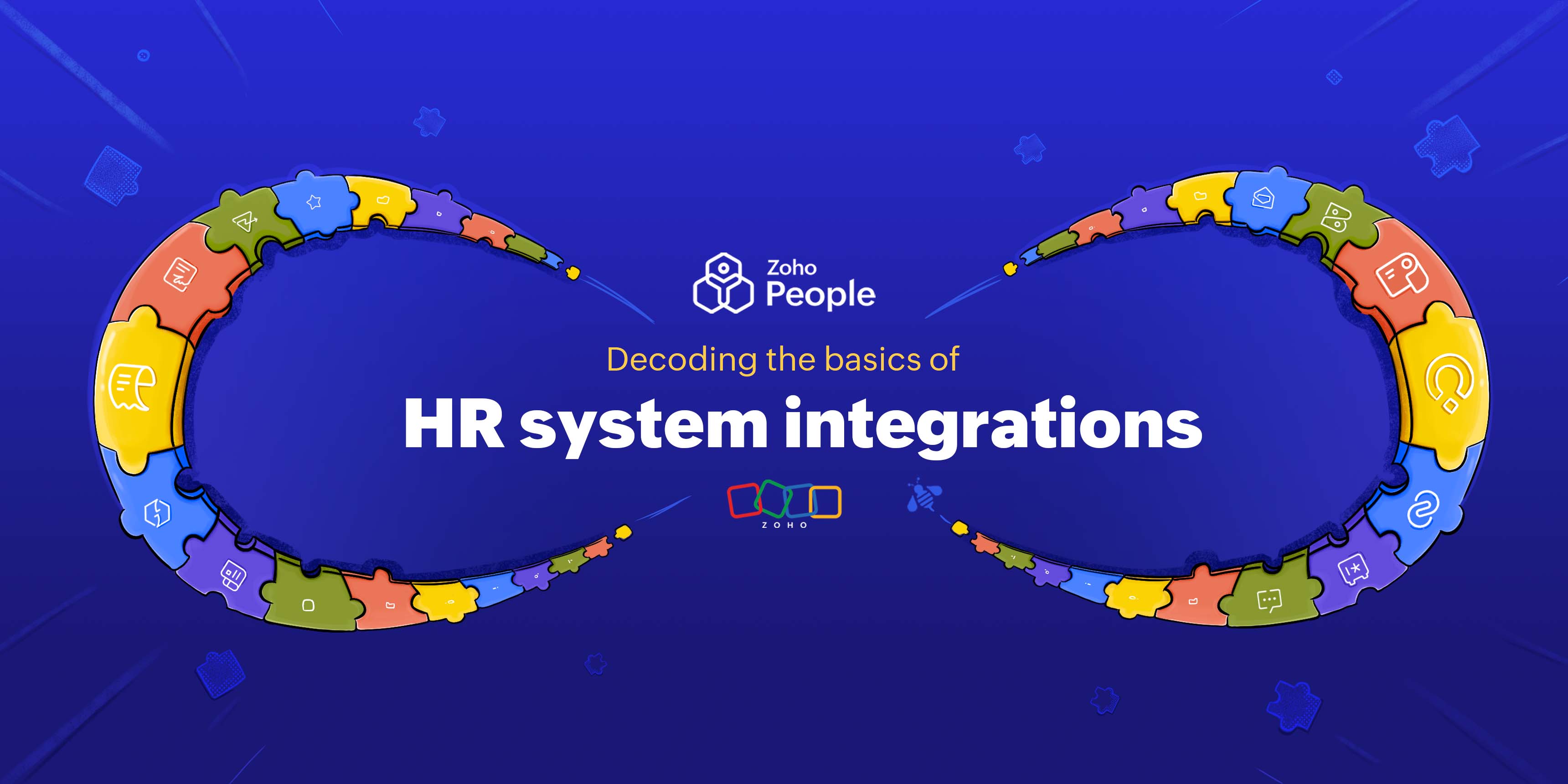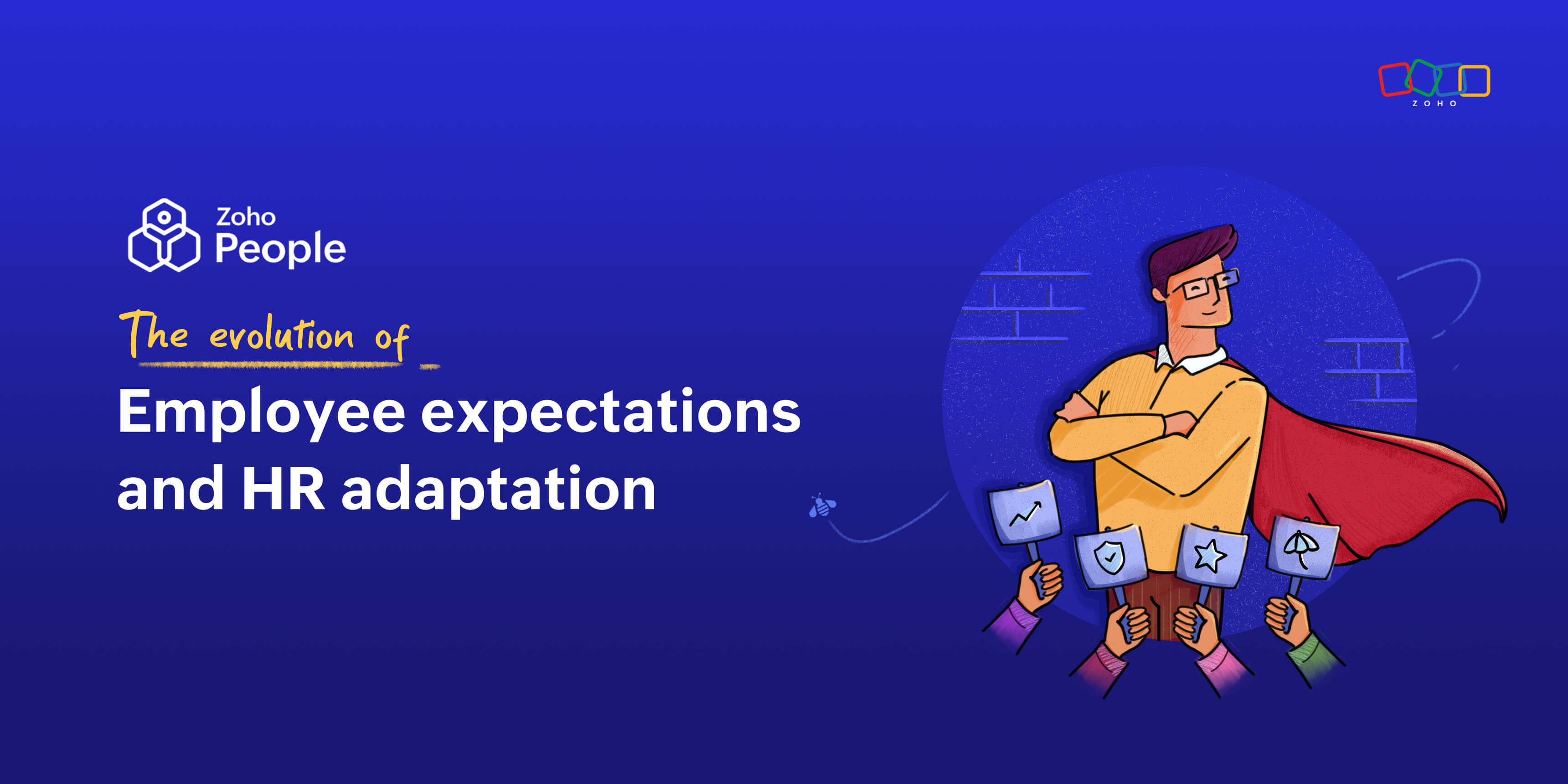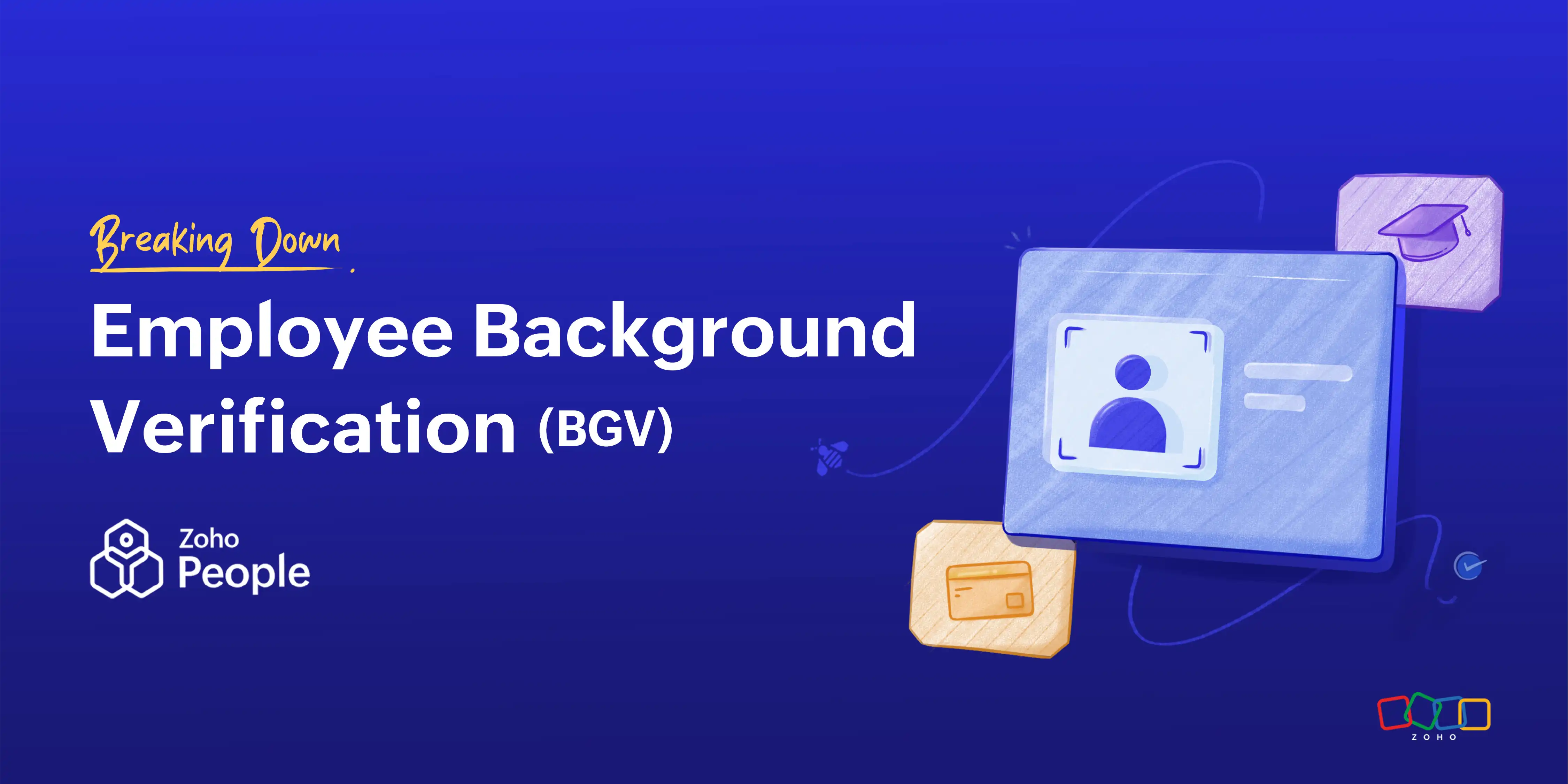- HOME
- HR insights
- What defines a high-performance culture?
What defines a high-performance culture?
- Last Updated : August 23, 2023
- 5.5K Views
- 4 Min Read

It's every HR manager's dream to have employees that consistently drive innovation, support each other through challenges, collaborate to achieve goals, and turn their setbacks into success stories. Part of this comes down to hiring the right candidates, but it's equally as important to build a work environment that helps employees realize this potential. A high-performance culture is the foundation of this work environment. Global research firm, Gartner, defines a high-performance culture as "a physical or virtual environment designed to make workers as effective as possible in supporting business goals and providing value."
A high-performance culture is all about optimizing employee performance without damaging their satisfaction, engagement, and morale. It's a balance, and getting that balance right won't happen overnight. There's no one-size-fits-all approach when it comes to building a workplace culture. However, understanding the common characteristics of a high-performance culture can help guide your organization’s leadership, management styles, communication, review system, and more to bring out the best in your employees. Here are five common characteristics that define a high-performance culture:
Shared mission and goals
High-performing organizations understand what their core values, mission, and purpose are. They see these core values as the guiding force that drives all aspects of their business. Every employee relates to the company's vision, giving them a better grasp on why their work matters and how it makes a difference to their customers and the larger community. This shared understanding helps employees set smarter goals for themselves, work together better with their peers, and see more projects and tasks through to completion.
Employee empowerment
Performance thrives when employees are given the freedom to work independently and employers trust that their workforce is well-equipped to achieve organizational goals on their own. That said, be careful that empowerment doesn't turn into abandonment. Employees should still receive guidance on what is expected from them and why. This fosters accountability and confidence. Without this guidance, they may be left wondering how they're performing or whether they're making the right choices. Aside from role-based guidance, employees should also be given the tech tools and resources required to maintain their productivity and performance. Encourage your managers to involve their teams in any high-level decisions and listen to their feedback before acting.
Continuous learning and development
Organizations with high performance often also have a growth mindset. They foster continuous learning, giving employees different opportunities to update their skills and stay on top of key industry trends. Leaders in the organization understand that success doesn't materialize from a disengaged workforce. Employees who are motivated when they are first hired may quickly lose that motivation if they consistently face obstacles that they don't have the skills to overcome. If you invest in your employees' growth, they will be able to tackle more of those tough scenarios. This builds confidence, fuels excitement, and encourages them to keep pushing their limits. Try conducting skill gaps analyses regularly to organize useful learning programs. Be sure that soft skills like leadership, time management, problem-solving, decision-making, and adaptability don't get forgotten in favor of focusing only on hard skills.
Open communication and collaboration
In high-performing organizations, employees collaborate effectively, work towards a common purpose, and support each other. For organizations with remote workers, multiple branches, or heavy travel requirements, teams use modern communication tools to stay on the same page. Top-level leaders encourage open communication by interacting with their employees, sharing business updates, answering questions, exchanging ideas, asking for suggestions, and listening to feedback. These gestures go a long way toward building a deeper connection between employees and their organization.
Agility and security
An organization that is too set in its ways won't survive the speed at which the world is changing every day. That's why agility is a key component of high performance. However, it's difficult for employees to adapt if they are worried about taking risks. As an HR manager, it's important to give them some measure of security so they can see change as an opportunity rather than a threat. Reassure your employees that innovation is appreciated in your organization and that making mistakes is okay. If they are worried about a situation externally, do what you can to ease these concerns. When employees feel supported and safe, they will be able to adapt much easier and approach failure with a more positive mindset. Over time, this agility will become a practiced skill where employees not only shift directions at the right moments, but also in the right ways to keep your organization thriving.
Effective performance management
Organizations with a high-performance culture have long given up on annual performance reviews. This system is far too rigid, only giving employees the opportunity for feedback once a year. Instead, performance reviews should be given quarterly or, at the very least, once every six months. This helps employees stay excited for their reviews, and it helps managers touch base more often and receive feedback from their team members as well. This can keep everyone more aware of their strengths and how they are contributing to organizational goals. It can also be a good way for managers to mentor their employees better, helping them overcome weaknesses and other challenges that come their way.
Wrapping up
At its core, a high-performance culture drives innovation, creativity, accountability, growth, and collaboration. The success of this approach depends on how well you understand its characteristics, communicate it with your employees, and align it with your everyday workplace practices.
Also see: How to develop a more collaborative work environment
 Tarika
TarikaContent Specialist at Zoho People


